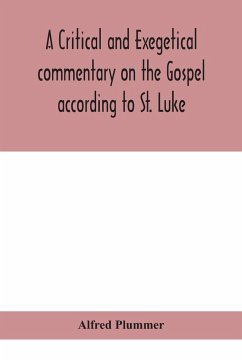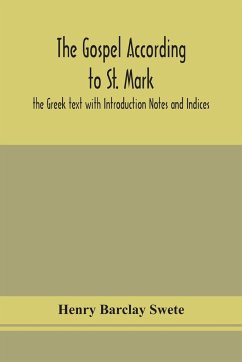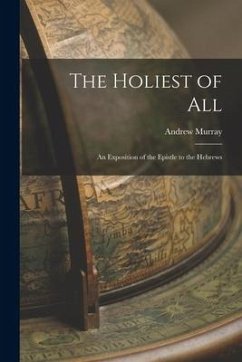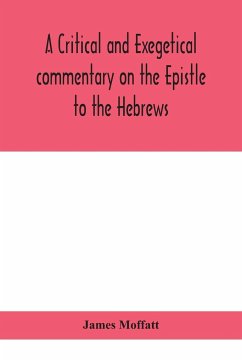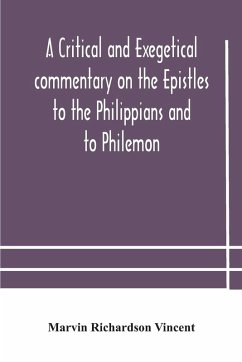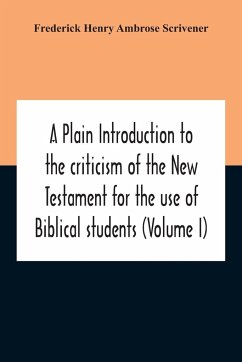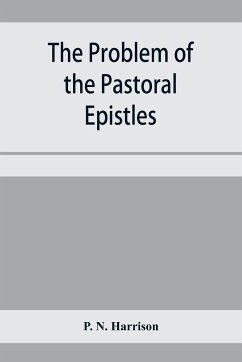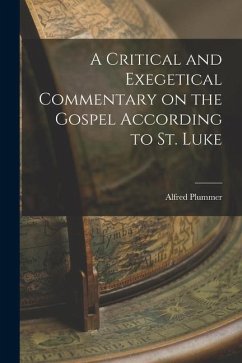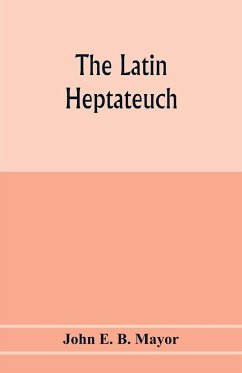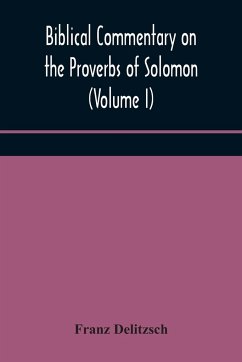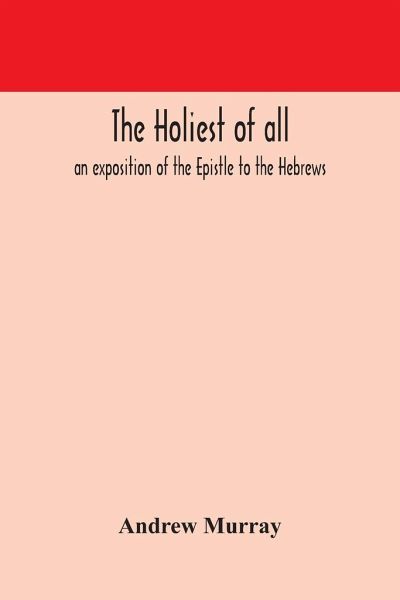
The Holiest Of All
An Exposition Of The Epistle To The Hebrews
Versandkostenfrei!
Versandfertig in 1-2 Wochen
30,99 €
inkl. MwSt.
Weitere Ausgaben:

PAYBACK Punkte
15 °P sammeln!
Step inside the sacred corridors of Christian thought with The Holiest Of All: An Exposition Of The Epistle To The Hebrews by Andrew Murray. Few works invite readers so deeply into the heart of the New Testament, blending profound biblical commentary with the warmth of a spiritual growth guide. Every page offers clarity for those exploring Christian faith, while its depth rewards theology students and Christian scholars alike. Murray's insight illuminates the enduring power of the Epistle to the Hebrews, revealing truths that resonate as urgently today as when first penned. Written in the 19th...
Step inside the sacred corridors of Christian thought with The Holiest Of All: An Exposition Of The Epistle To The Hebrews by Andrew Murray. Few works invite readers so deeply into the heart of the New Testament, blending profound biblical commentary with the warmth of a spiritual growth guide. Every page offers clarity for those exploring Christian faith, while its depth rewards theology students and Christian scholars alike. Murray's insight illuminates the enduring power of the Epistle to the Hebrews, revealing truths that resonate as urgently today as when first penned. Written in the 19th century, this classic Christian literature stands among the finest Victorian religious texts. Murray's exposition is both accessible and reverent, making complex theology approachable without diminishing its mystery. Readers will find a rich tapestry of themes-faith, perseverance, and the supremacy of Christ-woven with a gentle yet persuasive hand. Whether you are seeking a fresh perspective on scripture or curating a collection of works by Andrew Murray, this religious exposition is a touchstone for generations. Republished by Alpha Editions in a careful modern edition, this volume preserves the spirit of the original while making it effortless to enjoy today - a heritage title prepared for readers and collectors alike.





